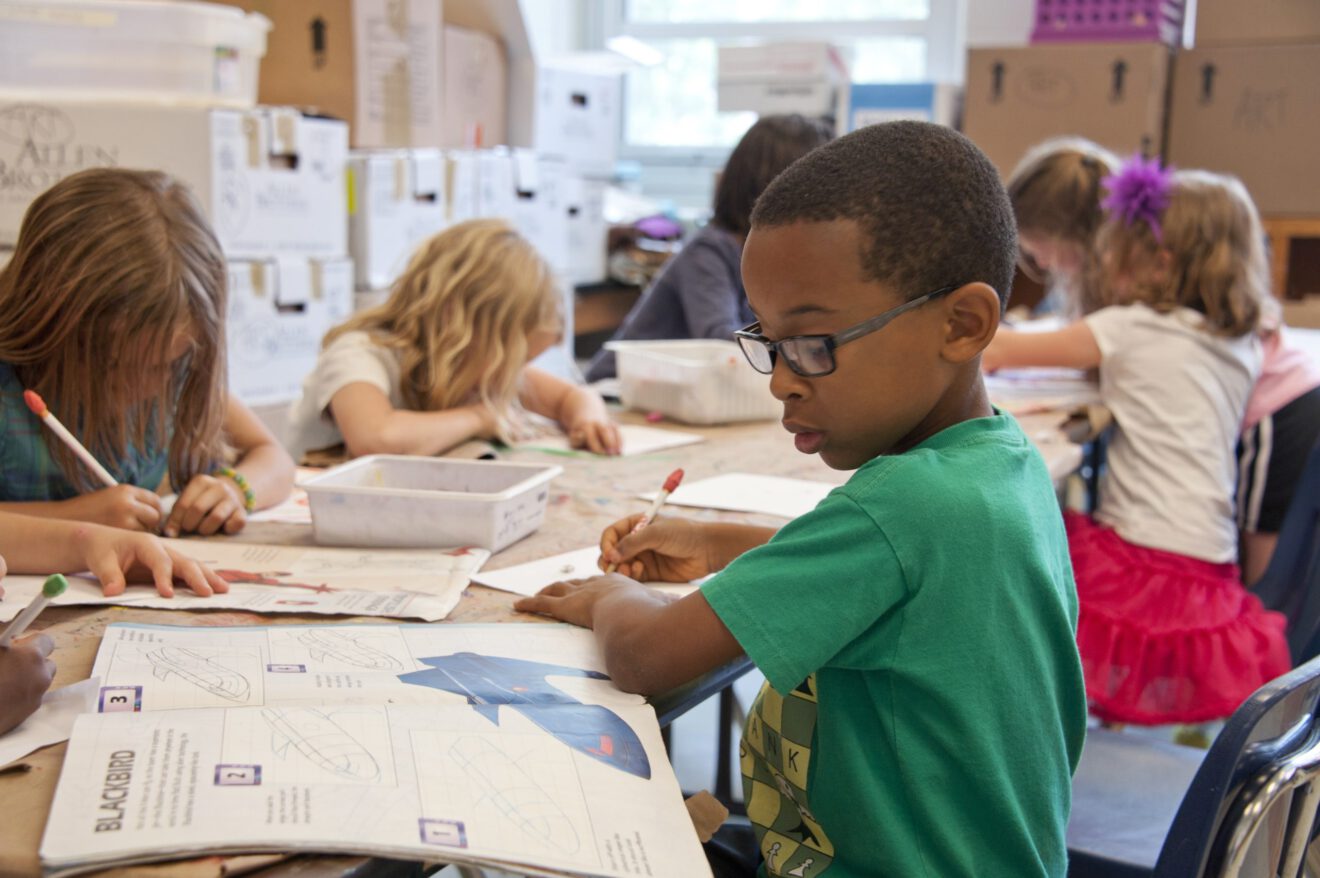Sign up for our daily edtech news briefing today, free.
As a middle-school principal, I watched the events of the coronavirus pandemic continue to unfold in my school in 2021 — and I was reminded that there can be valuable lessons in some of our greatest challenges.
When SmartBrief editor Katie Parsons asked for educators to contact her about lessons learned this year, I felt compelled to share some insight that I’ve gleaned, specifically on what these past two years of the pandemic could mean for the future of our students.
I know there is a lot of gloom and doom surrounding unfinished learning and the social-emotional health of our students but I’d like to hang my hat on hope – and history has shown us that future success is still within the reach of all of our students.
History’s lessons
Here are a few examples of times in modern history where students have shown the ability to rise above difficult circumstances – and succeed as a result.
Hurricane Katrina
In 2005, the devastating Hurricane Katrina uprooted 160,000-plus children in its path. These children were displaced and many were detached from school for months — with some receiving no formal schooling for up to two years. Frustrated families worried and wondered what would happen next, and survival took front stage over schooling for so many children.
Over 15 years later, we know of the stories of many students overcoming challenges they faced from the disaster — even those who were already in at-risk groups prior to the disaster. Social scientists and authors of the book Children of Katrina Lori Peek and Alice Fothergill write about these “resilience outliers” of the disaster who have gone on to thrive academically, and in life. While they certainly do not represent all of the children who suffered at the hands of Hurricane Katrina, they give a glimmer of hope that students can recover from crises, particularly if the correct academic and school support structures are in place.
Kauai students
A study headed up by social psychologist Emmy Werner and her team that looked at at-risk, low-income children born in Kauai, Hawaii, found that one in three of these children grew up to be competent adults. Many did not develop any behavior or learning problems during childhood or adolescence. In other words, their disadvantaged circumstances did not have a definitive effect on their long-term success academically and in life.
In this Kauai example, we observe a large group of disadvantaged children who were expected to repeat the cycle of poverty and low levels of education. Yet, fully one-third of these children proved extraordinarily otherwise. Werner found similarities between the children who thrived and used it to help create a template on how to best support students in similar circumstances that is the basis for much social-emotional learning and intervention support offered in schools today.
Google study
In 2014, Google conducted a study to determine who was among their most successful, effective employees. The expectation was certain to be the Ivy League graduates from privileged backgrounds.
The Google employee group that showed remarkable success, however, did not include the graduates of prestigious universities, or privileged backgrounds. Instead, they were individuals who had endured a trauma at some point in their lives, and excelled not despite, but perhaps because of, the lessons learned from overcoming that experience.
What each of these true stories has in common is an incredibly inspiring pattern that cannot be overlooked. Each of these had a group of individuals who, despite the odds and predictions, demonstrated remarkable success.
In the face of disaster, chaos and unforgivable circumstances for children, we can look at the evidence provided repeatedly in history to see that there are bright possibilities ahead. Incorporating many of the methods learned over the years, in these instances will make them more probable successes.
Helping children understand that these promising opportunities are accessible empowers and encourages and motivates them, affording them some of the control they could otherwise feel denied in their life. That alone holds promise that beyond this year, the learning roadblocks caused by a once-in-a-lifetime pandemic are not what defines these children. Rather it will be the resilience that they show to thrive beyond it.
Katie Parsons edited and contributed research to this piece.
Michael Gaskell is the principal at Hammarskjold Middle School in East Brunswick, N.J. and an author. His new book, “Leading Schools Through Trauma: A Data-Driven Approach to Helping Children Heal,” will be published in September. Follow him on Twitter @GaskellMGaskell.
________________________________
If you liked this article, sign up for SmartBrief’s free email newsletter from ASCD. It’s among SmartBrief’s more than 250 industry-focused newsletters.
More from SmartBrief Education:
